Description
This profusely illustrated coffee table book runs to nearly two hundred pages and contains over three hundred old, rare and monochrome photographs as well as more recent colour photographs capturing the rich cultural traditions of the Moor community of Sri Lanka, not to mention old sketches and paintings depicting traditional Moor culture and society as it existed back then with accompanying text and captions.
The book tells the story of how the Moor community evolved over the years from very humble origins as mariners, merchants, mercenaries and medicine men to become the thriving community they are today. Other aspects covered include the Arabu-Tamil script they employed in former times, main landmarks of life, traditional headdresses, jewellery, rice dishes, handy meals, beverages, medical remedies, lullabies and nursery rhymes, proverbs and other folk usages, nicknames, heritage mosques and saints and shrines.
It is tribute to the little known culture of Sri Lanka’s Moor community. This work ought to find a place in every Moorish household that is justly proud of its heritage and culture as well as the homes of all citizens of our country who value the rich and diverse cultural heritages of other communities that have made this beautiful island their home.
 Sri lanka Muslims Web Portal Sri Lanka Muslims News Center
Sri lanka Muslims Web Portal Sri Lanka Muslims News Center
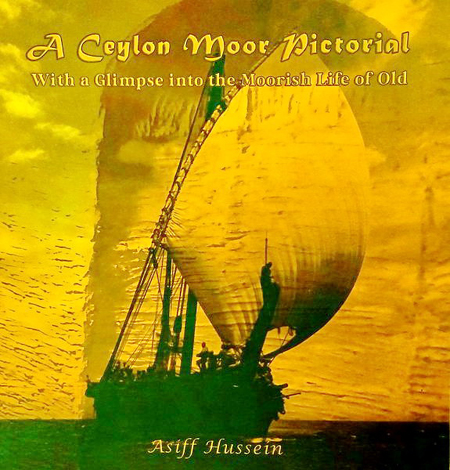
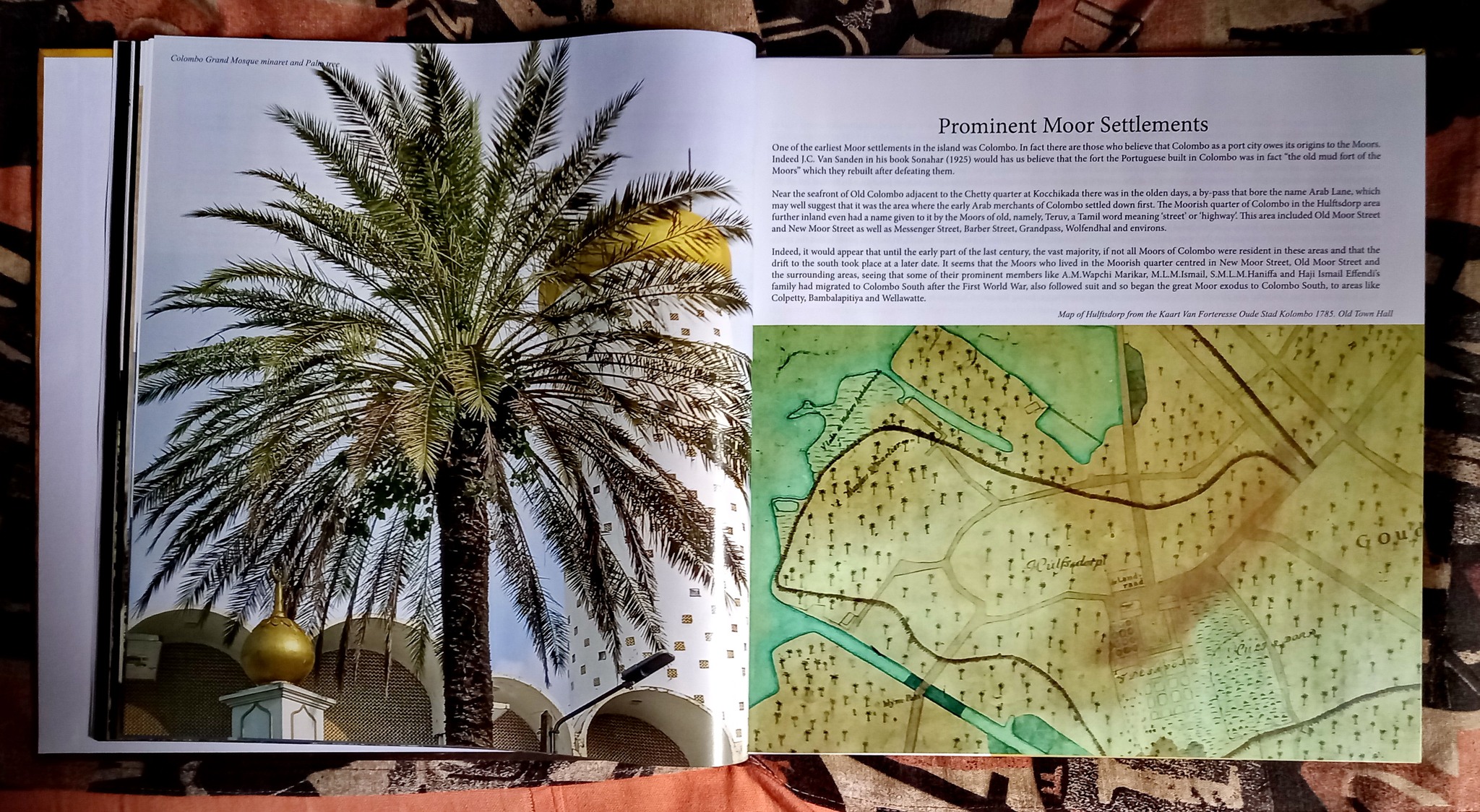
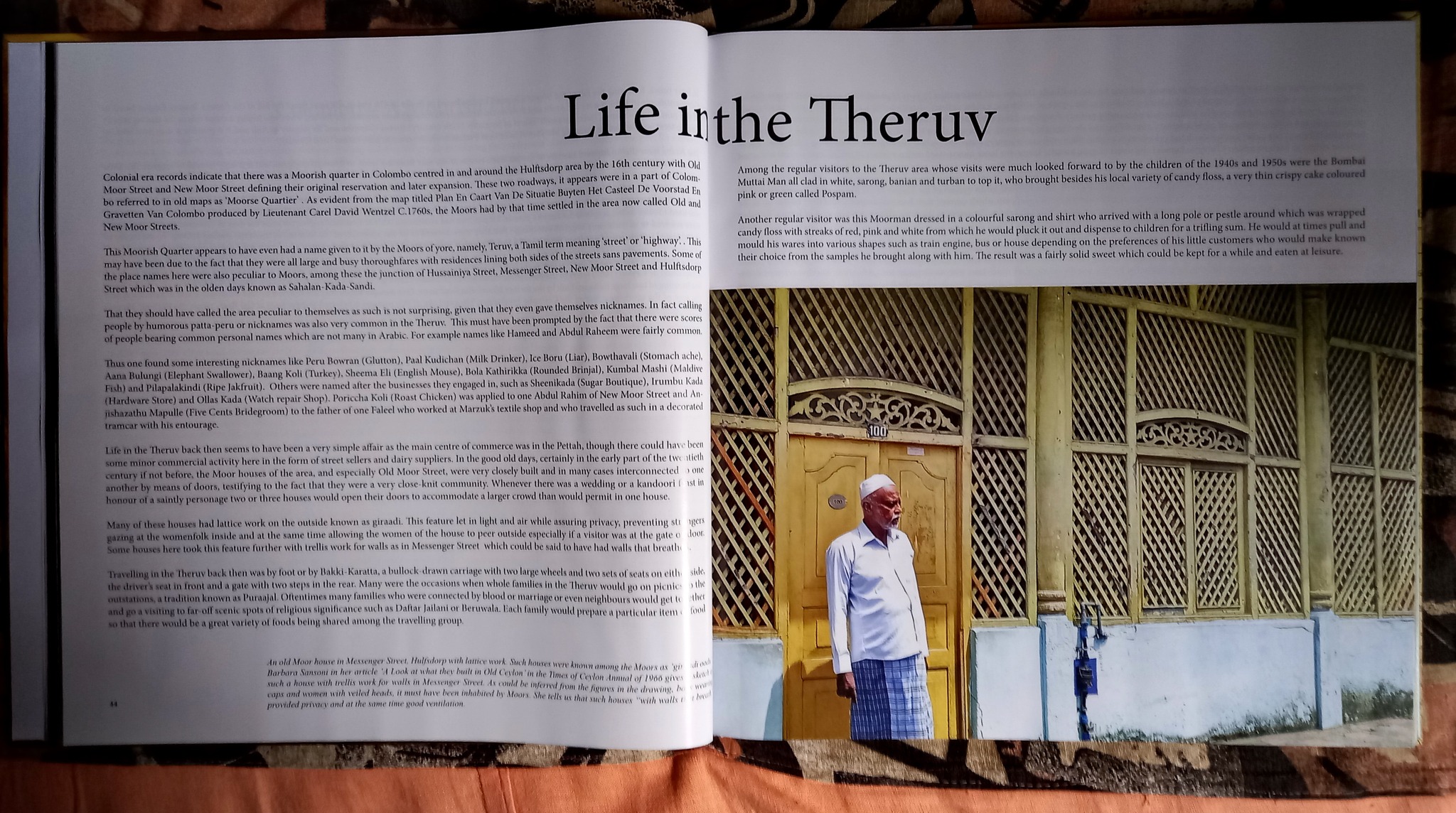

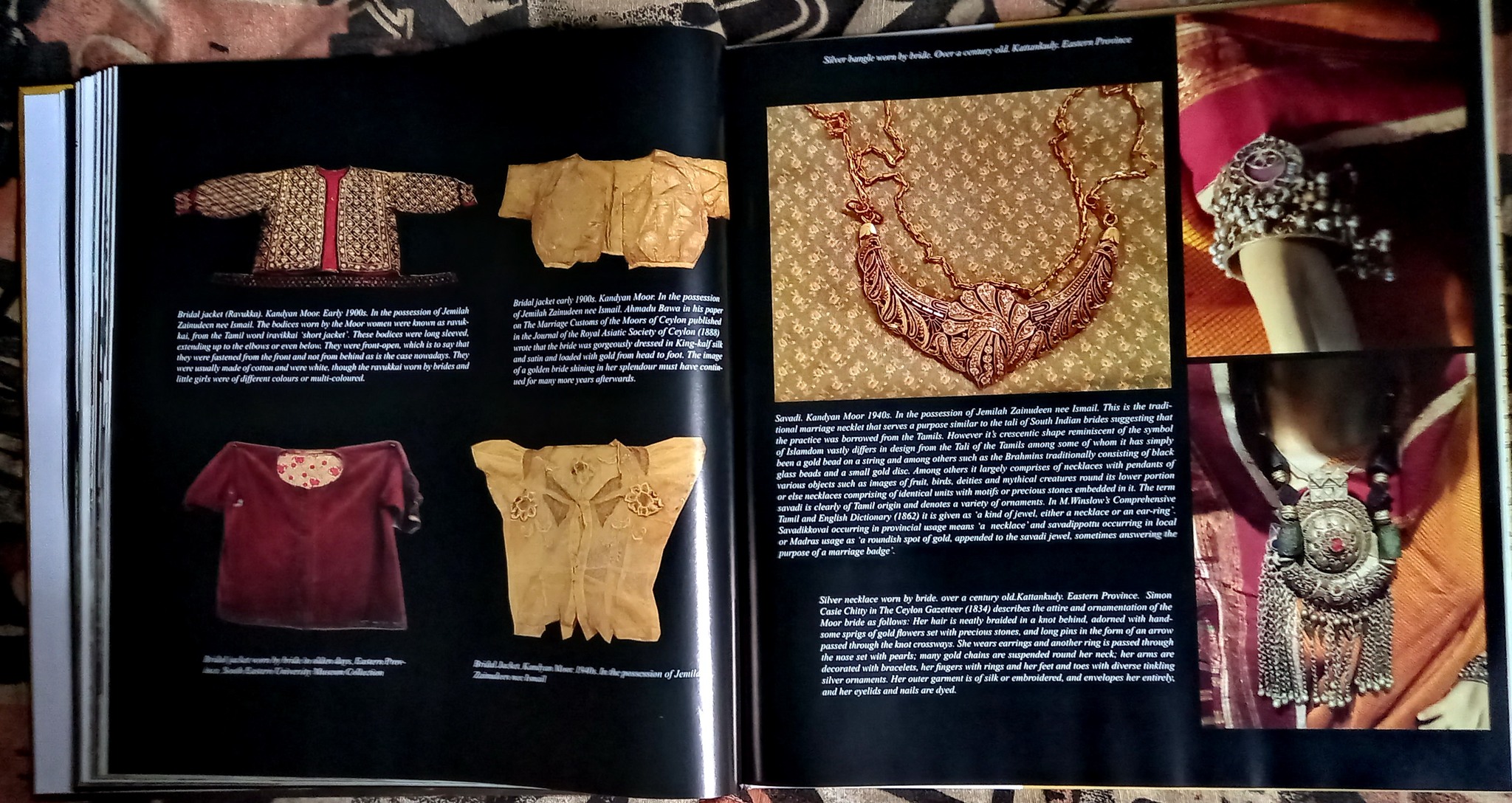

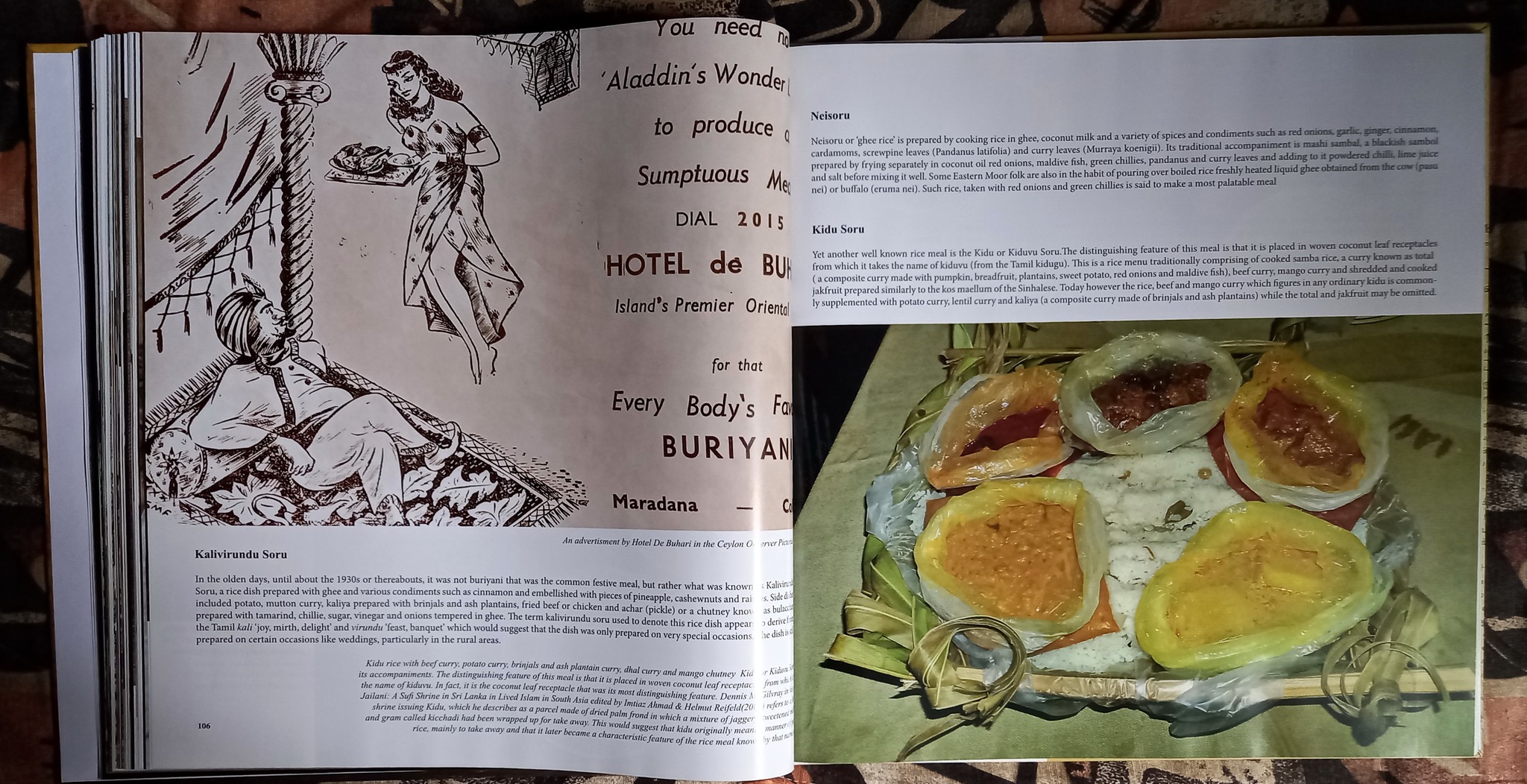

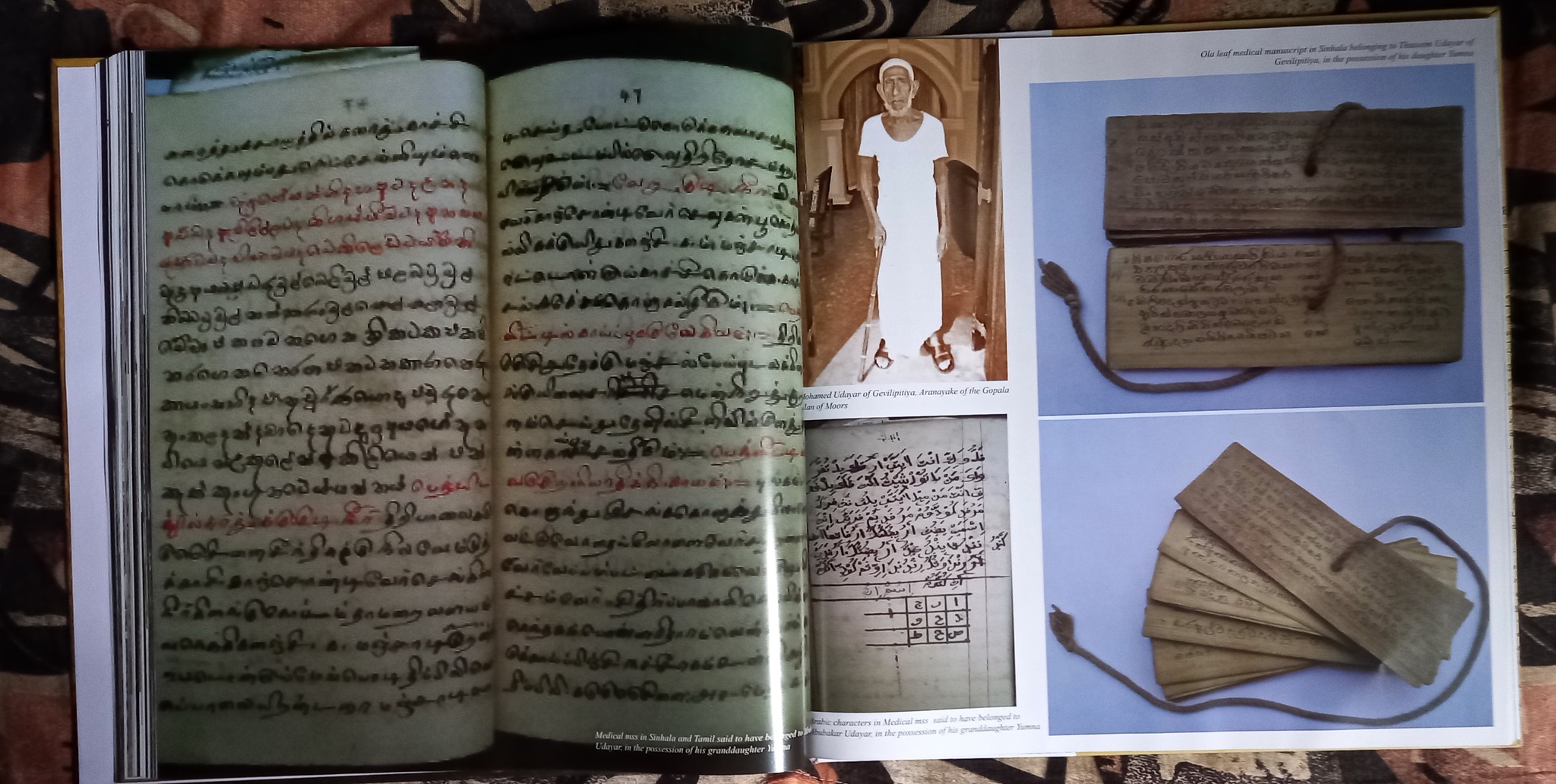

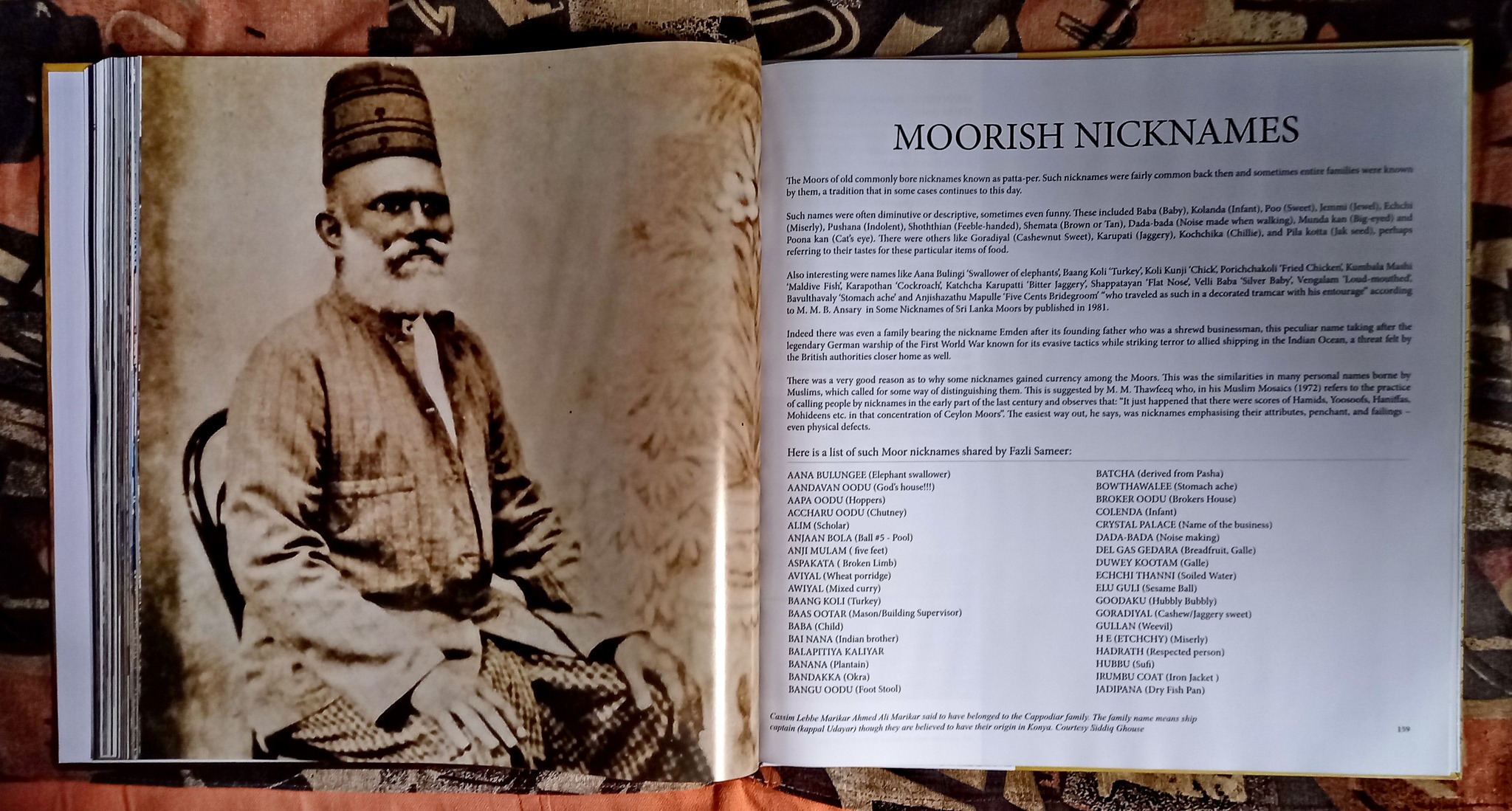

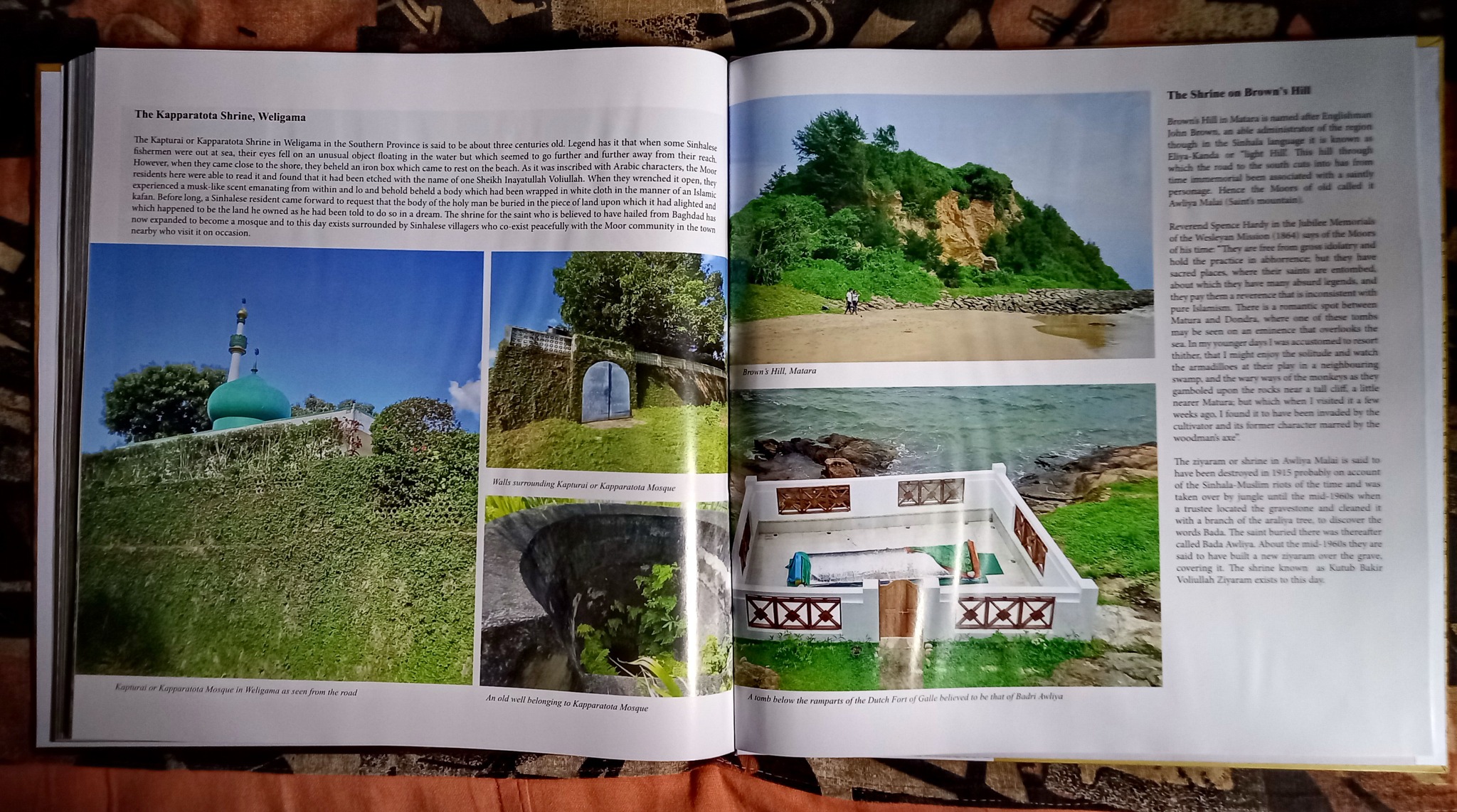













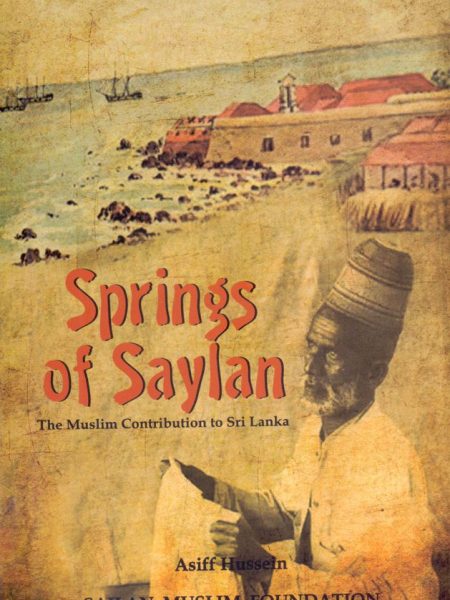
Ruvaiz Haniffa, Physician –
“Just finished reading and enjoying the pictures in the book ‘ A Ceylon Moor Pictorial’ . Read it cover to cover. The coffee table book is not just a coffee table book it preserves for eternity who Ceylon Moors were. There will be a generation in the future who will look at this book and re discover themselves Insha Allah. May Allah shower his blessings on all of you for having the vision and willingness to ‘serve as patrons of culture and religious institutions grounded in the lofty principles of Islam and the noble traditions of Sufism’ which have always been the pillar of the cultural identity of Ceylon Moors”
Ruvaiz Haniffa, Physician
Ajeet De Soya, Tour Guide –
“Asiff Hussein’s book, “A Ceylon Moor Pictorial,” captures the essence of this community, offering readers a glimpse into the Moorish way of life in the past. Upon seeing a post about this book on Facebook, I was immediately captivated by the intriguing history and culture of the Ceylon Moors. After receiving my own copy, my admiration for the community deepened, sparking an even greater sense of pride in the country I call home. As a tour guide constantly learning and discovering new facets of Sri Lanka’s diverse heritage, this book is a valuable addition to my collection. I believe this work belongs in every Moorish household and in the homes of anyone who appreciates the rich cultural tapestry that defines Sri Lanka”.
Ajeet De Soya, Tour Guide